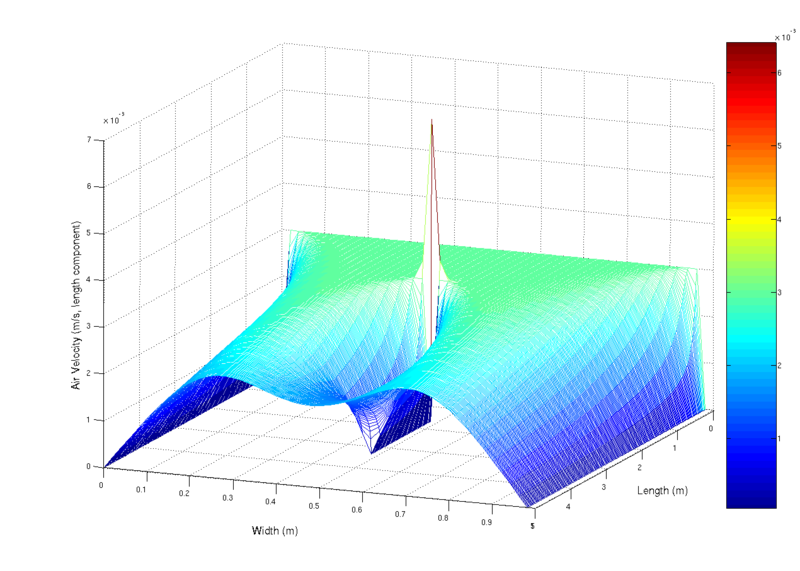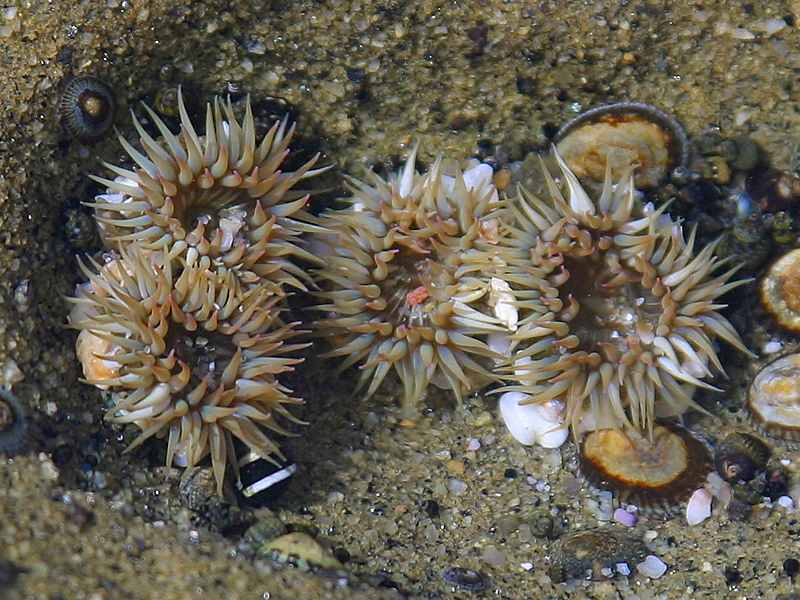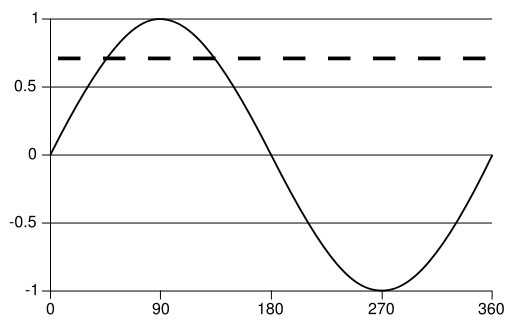Possible Student Research Projects

My Research Area :
Analysis is the area of mathematics which studies the rigorous ideas and proofs behind calculus. It is a rich and beautiful area of study, with surprising constructions and bizarre counterexamples. If you like working with inequalities and estimates, studying limits, or analyzing functions, then analysis is the topic for you.
Analysis is not just theory; it has many important applications to all areas of science. My particular research is in the field of partial differential equations. Many scientific rules, when expressed mathematically, relate a function to its derivatives. This is called a differential equation. Some of the most important differential equations come from physics, which was my first major in college. There are also important differential equations studied in biology, economics, and chemistry, as well as other parts of mathematics, like geometry.
I focus on the qualitative behavior of solutions to partial differential equations. This includes determining for how much time solutions exist, whether or not they have asymptotes or otherwise blow up, how big the solutions are, and other important information which may be useful to laboratory scientist and engineers. We usually can't solve the equations exactly, so our job is to provide as much information as possible from limited mathematical clues.
I reseach two different types of equations. First, I study dispersive wave equations such as the Korteweg-deVries Equation and the Schrödinger Equation. These equations model the behavior of all kinds of waves in nature, including water, light, and quantum-mechanical particles. It is a challenging but exciting area that has seen a great deal of activity in recent years. Professor Terence Tao of UCLA recently won the Fields' Medal, the highest prize in mathematics, in part for his work on dispersive partial differential equations. Second, I study nonlinear elliptic equations. These equations determine the equilibrium solutions of all sorts of situations, from the temperature distribution in an air-conditioned room to electrical charge. They can even help determine your probability of winning a poker game. This is a long-established area of research that many of the most famous mathematicians have worked on--people like Laplace, Green, and Dirichlet.

Project Options:
I have supervised several student projects, including masters theses, undergraduate theses, undergraduate summer projects, and informal work with several students. Topics have included ranking systems such as the BCS, general relativity, traffic modeling, fractals, wave equations, DNA modeling, and free boundary problems. I am always happy to work with a student on a project idea they have, even if I am not an expert in the area.
If you are interested in doing a research project in analysis or differential equations at any level, I would be happy to work with you. This could include a theoretical project in real analysis, or a project based on a specific application in differential equations or partial differential equations. If you have a particular area of interest, either theoretical or applied, please come talk to me about it and we can find a problem that suits you. I have also listed several projects below that come from my own interests.
Analysis is can be an abstract and complex field of study, but it doesn't have to be. The field of ordinary differential equations has lots of fun problems that can be looked at with only a background in linear algebra and ordinary differential equations. If you need to learn more to work on your chosen project, I can give you reading material on any extra topics that come up.
Population Dynamics |
Ordinary differential equations can model many interesting phenomena in biology and ecology. They can be used to find the equilibrium populations for various situations, including predators and prey, species competing for resources, and species in a symbiotic relationship. There are many important applications including environmental concerns and disease propogation. If you are interested in population dynamics, we can start with certain basic models that apply to general situations, and look at more specific models that you are interested in. You will learn about the qualitative behavior of solutions, like whether the populations will die out or grow forever, and how the population sizes will vary over time. To work on such a project, you should have some understanding of linear algebra and ordinary differential equations. No more advanced knowledge is necessary. |
|---|---|
Traffic Flow |
There are many fascinating mathematical aspects to traffic flow. Possible topics include optimal flow along freeways, traffic jam formation, evacuation routes, and even flow through intersections. Many techniques, both elementary and sophisticated, have been used to study traffic flow mathematically in recent years.
If you are interested in studying traffic flow, we will start by reviewing the recent literature to see what current models are. We'll then focus on one specific topic to study more in depth. You will learn about qualitative behavior of traffic flow, and what causes traffic problems. To work on such a project, you don't need any specific background. We can begin with some basic models that do not have any differential equations involved. If you have studied statistics, there are some stochastic models that might be of interest to you. Please bear in mind that this is not a focus area of my personal research, so we will be studying together if you choose this project. |
Analysis of Solitons |
Solitons are very special solutions to time-dependent nonlinear partial differential equations. Over time, even under natural disturbances and noise, they preserve their shape and speed of travel. Many people believe they are the best mathematical model of elementary particles. They can also represent water waves or pulses of light in a fiber optic cable or a laser. They have many important and fascinating applications. In this project, you would study the properties of solitons. This project is open-ended--you can study various solutions to the Korteweg-deVries equation (which represents water waves), such as multiple-soliton collisions, or collisions between solitons and other objects. You might also be interested in studying the soliton solutions for different types of equations and comparing their properties. To work on this project, you would need to become familiar with basic partial differential equations. A whole course in partial differential equations is not necessary, however; most of the work would be done with ordinary differential equations. You would also need to be good at doing calculations, and should be able to use Matlab or another computer program (or you could learn to use it), because most of these solutions are best studied numerically. |
Analysis of Free Boundary Problems  |
Free boundary problems are one of the most important and interesting types of partial differential equations being studied today. They model any physical situation in which there is an interface between two types of behavior of a substance, such as liquid and solid water, or a flame and the air surrounding it. In my research, I am currently studying the theoretical properties of a model free boundary problem in two dimensions. I would like a student to look at explicit solutions to this problem, which will require using a computer to solve the equation numerically, and then analyze different possible set-ups. To work on this project, you would need to understand the basic properties of harmonic functions, which are solutions to Laplace's equation. This is also related to complex analysis. Explicit solutions to the free boundary problem will be computed numerically, so you would also need to be able to use a computer program such as Matlab. This is a project for an advanced student who has some familiarity with partial differential equations or would like to study them, and with numerical computations by computer. |
Go back to my home page.